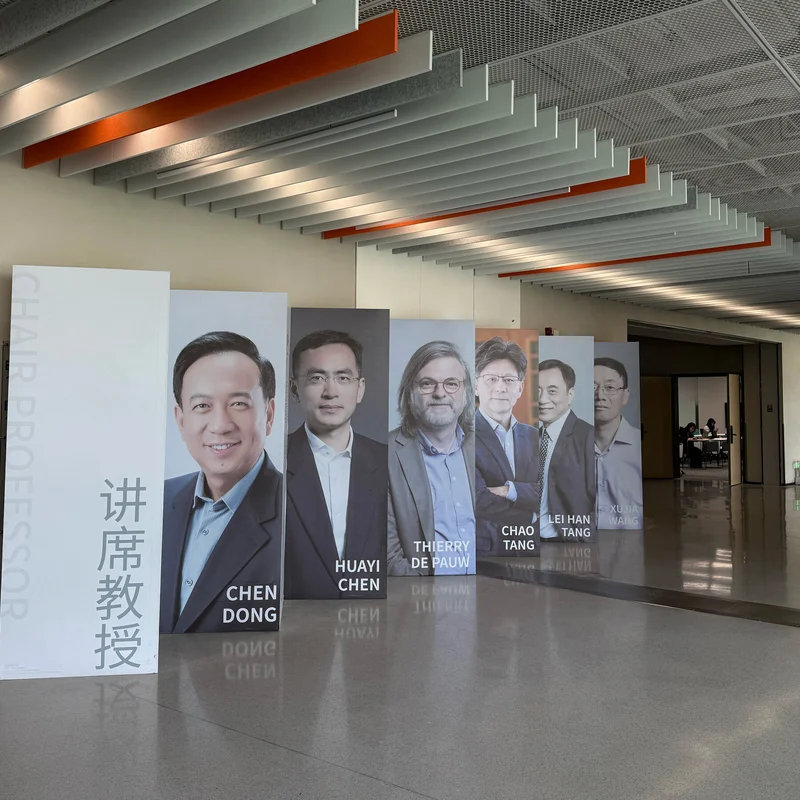On Thursday, October 9, 2025, China announced a sweeping new crackdown on rare earth exports—sending shockwaves through global tech and manufacturing sectors. The move, framed by Beijing as a national security measure, effectively blocks the transfer of rare earth-related equipment, technology, and know-how to foreign countries. For companies like Apple, Nvidia, and Tesla, whose products rely heavily on rare earth elements for everything from AI chips to electric motors, the implications could be severe.
What Are Rare Earths—and Why Does China Control Them?
Rare earths aren’t actually rare in the earth’s crust—but they are extremely difficult and environmentally costly to extract and refine. These 17 elements, including neodymium and dysprosium, are essential for high-performance magnets used in smartphones, wind turbines, defense systems, and—critically—semiconductors.
China currently dominates the rare earth supply chain: it mines about 70% of the world’s raw rare earths and processes a staggering 90% of them into usable forms. This near-monopoly gives Beijing enormous leverage over global tech production.
China’s New Export Restrictions: What’s Changed?
The latest rules from China’s Ministry of Commerce go beyond previous export quotas. They now explicitly prohibit:
- Export of rare earth processing equipment
- Sharing technical data or expertise that could help other nations build their own rare earth refining capabilities
- Use of Chinese rare earths in foreign-made technologies with potential military applications
While Beijing claims the restrictions are aimed at preventing dual-use tech proliferation, critics argue the real goal is economic coercion. “This isn’t just about national security—it’s about maintaining China’s stranglehold on a critical 21st-century resource,” said Dr. Lena Cho, a supply chain analyst at the Peterson Institute.
Impact on Global Tech Giants
Companies that depend on rare earth magnets—especially for AI accelerators, EV motors, and advanced sensors—are now scrambling. Nvidia’s next-gen Blackwell Ultra chips, for example, use rare-earth-doped cooling systems. Apple’s MagSafe and haptic engines rely on neodymium magnets. Even legacy automakers like Ford and Toyota could face production delays.
| Company | Rare Earth Dependency | Potential Risk |
|---|---|---|
| Nvidia | AI chip cooling & packaging | Supply chain bottlenecks for data center GPUs |
| Apple | MagSafe, Taptic Engine, speakers | Higher component costs, delayed product cycles |
| Tesla | Permanent-magnet motors (Model 3/Y) | Increased EV production costs |
| Siemens | Industrial motors & wind turbines | Renewable energy project delays |
Can the West Break Free from Rare Earth Dependence?
Efforts are underway—but progress is slow. The U.S. has restarted mining at Mountain Pass, California, but it still ships ore to China for processing. Europe’s first rare earth magnet plant in Estonia won’t reach full capacity until 2028. Building a full, non-Chinese supply chain could take 5–7 years and tens of billions in investment.
“You can’t just flip a switch,” said Mark Liu, former TSMC executive. “Rare earth refining is a complex, toxic, and capital-intensive process. China spent 30 years mastering it.”
Geopolitical Fallout
This latest move is widely seen as part of China’s broader tech decoupling strategy. With U.S.-China tensions simmering over semiconductors, AI, and defense, rare earths have become a silent weapon. Analysts warn this could accelerate a bifurcated global tech ecosystem—one powered by Chinese materials, the other by Western alternatives.
For now, markets are watching closely. Any disruption in rare earth flows could ripple through everything from consumer electronics to green energy—and reshape the balance of technological power for decades.
Sources
The New York Times: China Clamps Down Even Harder on Rare Earths
Reuters: China Imposes New Controls on Rare Earth Exports
U.S. Geological Survey: Rare Earths Statistics and Information




